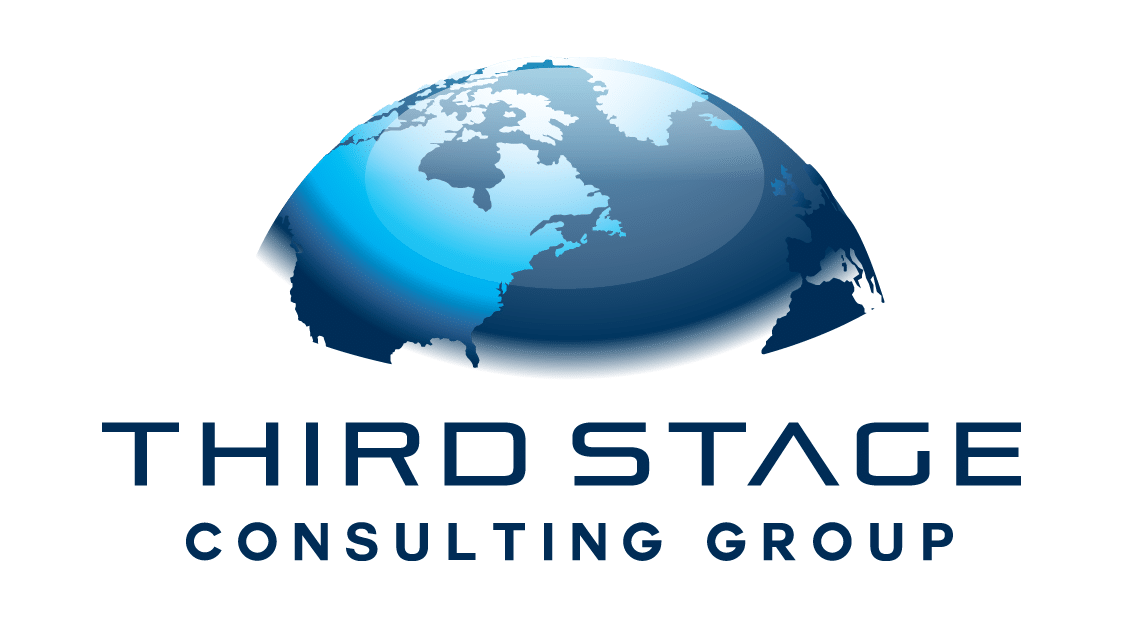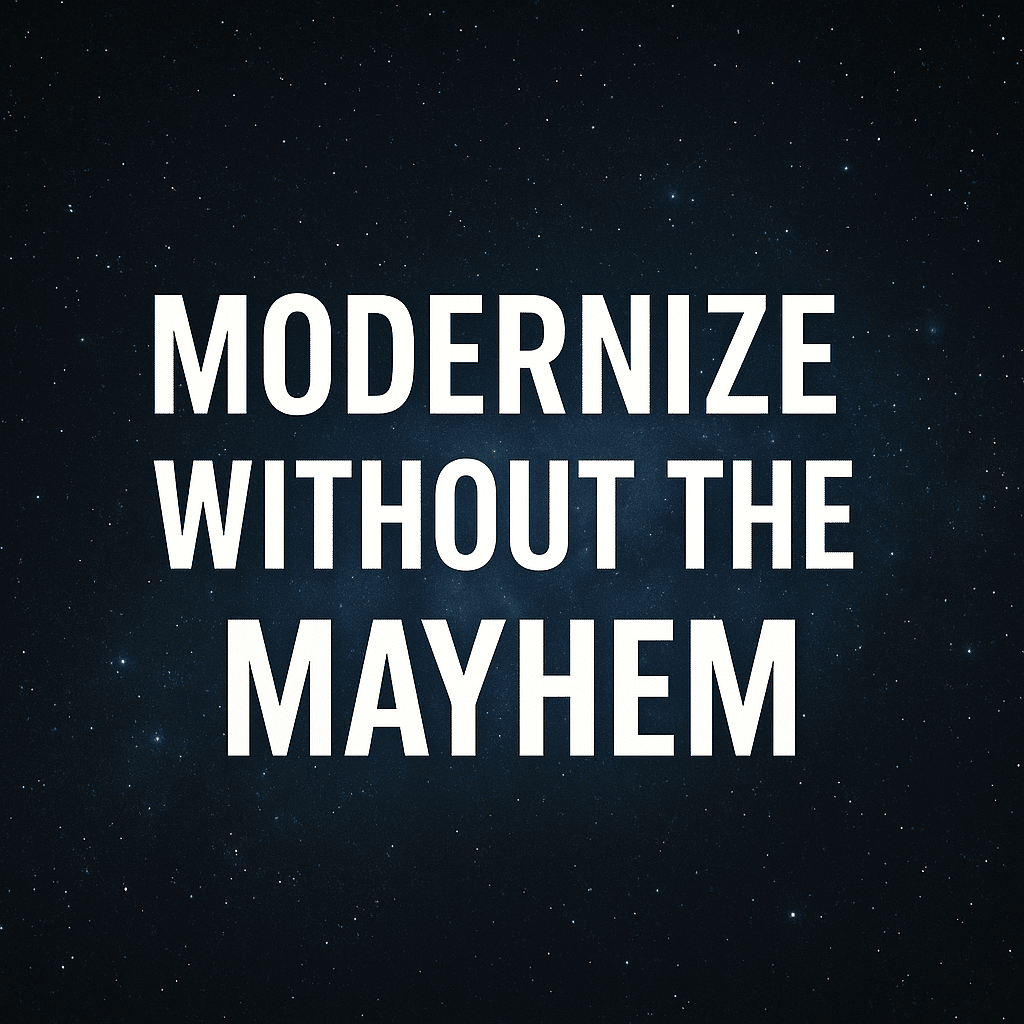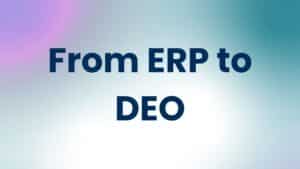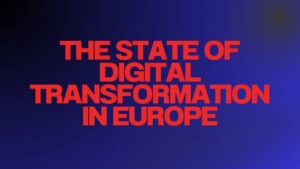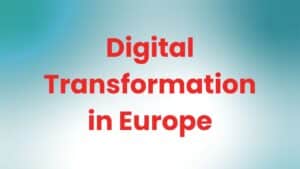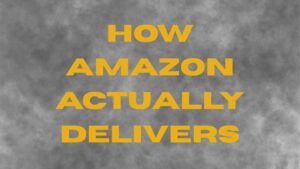Table of Contents
ToggleIs “Rip and Replace” Still the Right Answer in 2025?
For decades, the conventional wisdom in enterprise software has been this: if your ERP is outdated, it’s time for a rip-and-replace — tear it out and start fresh.
Vendors love this idea — and why wouldn’t they? A full replacement means bigger contracts, longer implementations, and deeper dependency. But for most organizations, the question isn’t can we do it — it’s should we?
A new wave of ERP thinking says: not so fast.
The Layered Modernization Strategy
Insights from Nextworld and echoed in Third Stage’s advisory work point to a smarter, more agile approach: modernizing around your ERP instead of through a costly demolition.
Think of it like this:
- Your ERP = the system of record. It’s the operational foundation. It runs your transactions, manages your master data, and supports the backbone of your business.
- Modern platforms = the system of innovation. This is where AI, advanced analytics, low-code tools, and IoT integration live. These don’t have to come from your ERP vendor — and they don’t require a full system reboot.
This layered model allows you to:
- Preserve working legacy processes
- Add interoperability hubs, composable microservices, or AI copilots
- Empower non-technical teams with low-code workflows
- Reduce cost, risk, and time to value
All without a 2–3 year rip-and-replace headache.
When a Full ERP Replacement Does Make Sense
Not every legacy system can support a layered approach. If you’re still running a green-screen AS/400, or your core ERP has no APIs or workflow flexibility, a full rip-and-replace might truly be necessary.
But if you’re on something like SAP ECC, Oracle EBS, or Dynamics AX — and it’s stable — ask yourself:
- Is the system broken, or just old?
- Are we not seeing value because of the tech, or because of how we’re using it?
- Could we get 80% of the benefit with 20% of the risk by modernizing around the core?
Why ERP Vendors Push Full Replacements
Let’s be blunt: ERP vendors often frame rip-and-replace as the only path to innovation. Their marketing says you need the cloud, embedded AI, real-time workflows — all of which are true needs. But their solution is often the most expensive, time-consuming way to get there.
And many of those “cutting-edge” features? You can access them today through third-party platforms that work with your current stack.
Start with the ROI, Not the RFP
Here’s the hard truth: most ERP replacements don’t deliver meaningful ROI until years after go-live — if ever. You’ve got to:
- Rebuild workflows
- Retrain users
- Reintegrate systems
- Restabilize operations
That’s a huge investment before you see any true innovation. But by building on top of your ERP with interoperability and modular tools, you can start gaining value now — and buy time for a smarter future decision.
Questions to Ask Before You Rip and Replace
- Is our ERP holding us back — or are we underutilizing what we already have?
- Could an interoperability hub give us what we need faster?
- What’s the true ROI of adding vs. replacing?
- Are we being influenced more by vendor narratives or actual business needs?
Need Help Thinking Through It?
Modernization isn’t one-size-fits-all. At Third Stage, we help clients evaluate their digital strategy objectively — no vendor agenda, no unnecessary hype. Whether you’re planning a full ERP upgrade or looking to layer in innovation, we can help you do it with confidence, clarity, and cost awareness.
Want to Learn More?
Stratosphere 2025
🗓 August 25–27, 2025 | Denver, CO (In-person & virtual)
A vendor-neutral, expert-led conference on digital transformation strategies.
Details & registration: thirdstage-consulting.com/stratosphere-2025
The Executive Mastermind
An exclusive peer network of transformation leaders collaborating on strategy and innovation.
Learn more: thirdstage-consulting.com/the-executive-mastermind

